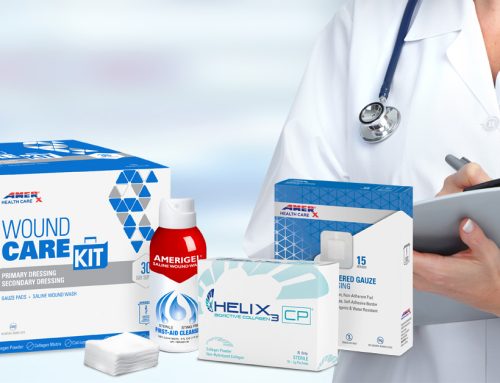The Centers for Medicare and Medicaid Services (CMS) requires that DME suppliers maintain proof that any item dispensed was received by the beneficiary in the form of a Proof of Delivery document. This could be requested by DMEMACs, recovery auditors, supplemental medical review contractors, or Comprehensive Error Rate Testing (CERT) medical review contractors. In our February 2019 blog post, we covered who can sign the Proof of Delivery document and in our March 2019 blog post, we covered Proof of Delivery requirements when the supplier directly delivers the DME item to the patient or the patient’s designee.
Methods of Delivery
There are three different methods by which a DME item may be delivered. These include direct delivery by the supplier, delivery of the item to the patient via shipping or delivery service, and delivery to a nursing facility. Beyond the requirements covered in the February 2019 blog, there are additional documentation requirements for Proof of Delivery, and they differ based on the method of delivery.
Delivery via Shipping or Delivery Service
This month’s post focuses on the second method of delivery: the supplier using a shipping service or mail order.
When employing this method of delivery, the Proof of Delivery must track the item from the supplier to the recipient. One means of accomplishing this is having the supplier’s shipping invoice and the tracking information from the delivery service. In this situation, it is important that the information in the supplier’s shipping invoice match that of the delivery service in some way, such as a package number or invoice number.
Proof of Delivery Document Requirements
When DME is delivered via shipping or delivery service, the Proof of Delivery must contain:
- Patient name
- Address where the item was delivered and the date of delivery.
- Package ID number, supplier invoice number, or any method that links the supplier delivery documents with the delivery service record.
- Description of the item in the form of a narrative, a HCPCS code descriptor, the brand name of the item, or the item’s model number.
- Quantity delivered
- Documented evidence of delivery
To Be Continued…
Next month, in Part 4, we will cover the documentation requirements when the item is delivered to a nursing facility for a beneficiary.
References
DISCLAIMER: The information provided here is intended to educate health care providers regarding compliance for ICD, CPT, and HCPCS coding. The information provided does not guarantee reimbursement and is accurate to the best of our knowledge at the time of this publication. Coding guidelines can change and we encourage you to stay up to date. The existence of a code does not guarantee payment.

Dr. Jeffrey D. Lehrman, DPM, FASPS, MAPWCA, CPC, CPMA
Dr. Lehrman is a podiatrist practicing in Fort Collins, CO and operates Lehrman Consulting, LLC which provides consultation services regarding coding, compliance and documentation. Dr. Lehrman is a Certified Professional Coder and Certified Professional Medical Auditor. He serves as a staff liaison at the AMA CPT® Editorial Panel meetings where CPT codes are created, edited, and deleted. He is a Diplomate of the American Board of Foot and Ankle Surgery, Fellow of the American Society of Podiatric Surgeons, and is recognized as a “Master” by the American Professional Wound Care Association. Dr Lehrman is a Fellow of the American Academy of Podiatric Practice Management, Past Director of the American Professional Wound Care Association Board of Directors, and is a Past Chairman of the Board of the American Society of Podiatric Surgeons. Dr. Lehrman is also on the editorial advisory board of the journal WOUNDS.





